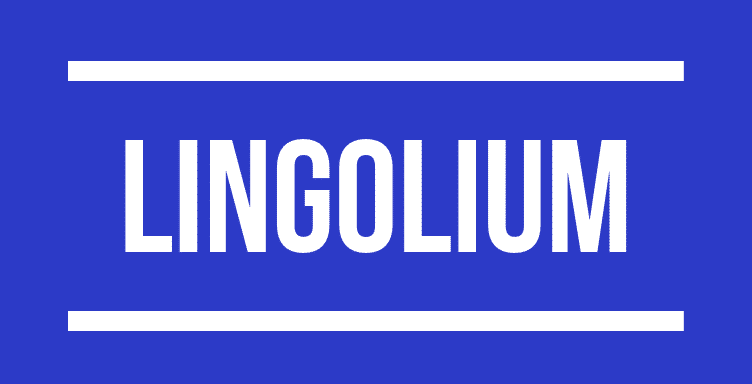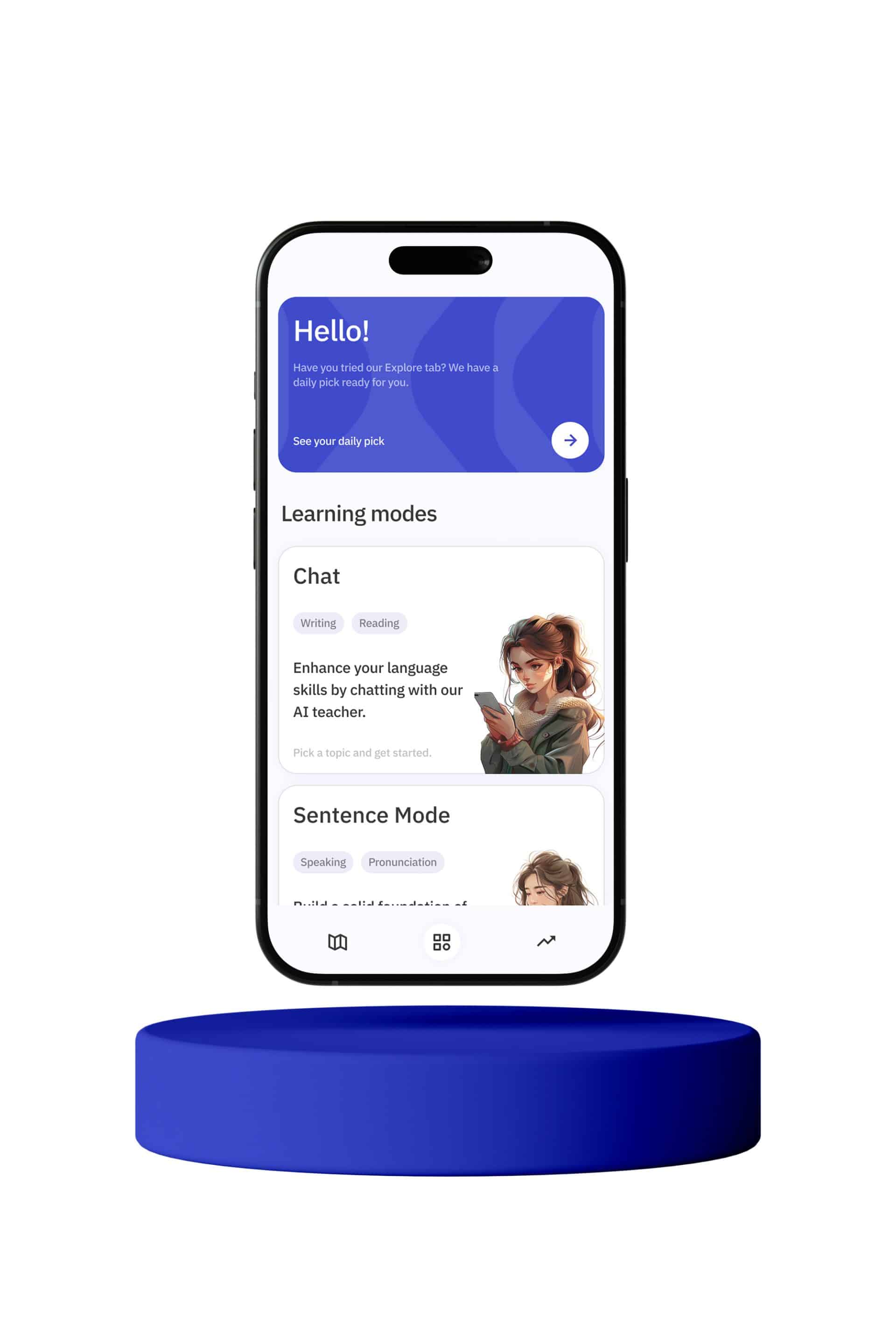Temporal conjunctions are an essential component of any language, helping to connect events in time and clarify the sequence of actions. In Italian, temporal conjunctions such as prima che (before) and dopo che (after) are crucial for expressing when one event occurs in relation to another. Mastering these conjunctions can significantly enhance your fluency and comprehension. This article will delve into the various temporal conjunctions in Italian, their usage, and provide numerous examples to solidify your understanding.
Understanding Temporal Conjunctions
Temporal conjunctions are words or phrases that connect actions or events in time. They help to establish a timeline and can indicate whether an event happens before, after, or simultaneously with another event. In Italian, common temporal conjunctions include prima che (before), dopo che (after), mentre (while), and quando (when).
Prima Che (Before)
One of the most frequently used temporal conjunctions in Italian is prima che, which means “before.” This conjunction is used to indicate that one event occurs before another event. It is essential to note that when prima che is used, the verb in the dependent clause is typically in the subjunctive mood.
Example:
– Mangia qualcosa prima che tu vada via. (Eat something before you leave.)
In this example, the action of eating something happens before the action of leaving. The verb “vada” (leave) is in the subjunctive mood because it follows prima che.
Dopo Che (After)
Another common temporal conjunction is dopo che, which means “after.” This conjunction indicates that one event happens after another event. Unlike prima che, the verb in the dependent clause following dopo che is typically in the indicative mood.
Example:
– Andremo al cinema dopo che finisci i compiti. (We will go to the cinema after you finish your homework.)
In this sentence, the action of going to the cinema happens after the action of finishing homework. The verb “finisci” (finish) is in the indicative mood because it follows dopo che.
Mentre (While)
The temporal conjunction mentre means “while” and is used to indicate that two events occur simultaneously. The verbs in both the main clause and the dependent clause are typically in the indicative mood.
Example:
– Leggeva un libro mentre aspettava l’autobus. (She was reading a book while she was waiting for the bus.)
In this example, both actions (reading a book and waiting for the bus) happen at the same time.
Quando (When)
The conjunction quando translates to “when” and can be used to indicate that one event happens at the same time as another event. Like mentre, the verbs in both clauses are usually in the indicative mood.
Example:
– Mi ha chiamato quando ero a casa. (He called me when I was at home.)
Here, the action of calling happens at the same time as the action of being at home.
Nuances and Subtleties
Understanding the basic usage of temporal conjunctions is a significant first step, but mastering them requires an awareness of their nuances and subtleties. For instance, the choice between the subjunctive and indicative moods can alter the meaning of a sentence and its formality.
Prima Che and the Subjunctive Mood
As mentioned earlier, prima che often requires the subjunctive mood. This is because the action following prima che is seen as uncertain or hypothetical. The use of the subjunctive mood adds a layer of doubt or potentiality to the event.
Example:
– Studia prima che arrivi l’insegnante. (Study before the teacher arrives.)
In this sentence, the arrival of the teacher is seen as a future and uncertain event, thus necessitating the subjunctive mood.
Dopo Che and Tense Agreement
While dopo che typically uses the indicative mood, it is crucial to maintain tense agreement between the clauses. The tense in the dependent clause should logically follow the tense in the main clause.
Example:
– Avevano mangiato dopo che erano tornati a casa. (They had eaten after they had returned home.)
In this example, both actions are in the past perfect tense, maintaining tense agreement and clarity.
Complex Sentences and Temporal Conjunctions
In more complex sentences, temporal conjunctions can link multiple clauses, each with its own verb and tense. Mastering these structures can greatly enhance the sophistication of your Italian.
Combining Multiple Temporal Conjunctions
It is not uncommon to find sentences that use multiple temporal conjunctions to describe a sequence of events. Understanding how to combine these conjunctions correctly can significantly improve your fluency.
Example:
– Ho finito il lavoro dopo che avevo bevuto il caffè e prima che iniziassi a studiare. (I finished the work after I had drunk the coffee and before I started studying.)
In this sentence, three events are linked using two temporal conjunctions. The key is to maintain the correct verb tenses and moods: the past perfect tense for the action of drinking coffee and the subjunctive mood for the action of studying.
Common Pitfalls and How to Avoid Them
While using temporal conjunctions may seem straightforward, there are common pitfalls that learners often encounter. Being aware of these can help you avoid mistakes and use these conjunctions more effectively.
Incorrect Use of Moods
One of the most common errors is using the wrong mood after temporal conjunctions. For instance, using the indicative mood after prima che instead of the subjunctive can lead to incorrect sentences.
Incorrect:
– Aspetta prima che arriva. (Wait before he arrives.)
Correct:
– Aspetta prima che arrivi. (Wait before he arrives.)
Tense Agreement Issues
Another common pitfall is failing to maintain tense agreement between clauses. This can confuse the timeline of events and make the sentence difficult to understand.
Incorrect:
– Avevo mangiato dopo che ritorno a casa. (I had eaten after I return home.)
Correct:
– Avevo mangiato dopo che ero tornato a casa. (I had eaten after I had returned home.)
Practice and Application
The best way to master temporal conjunctions is through consistent practice and application. Incorporate these conjunctions into your writing and speaking exercises, and pay close attention to their usage in Italian texts and conversations.
Exercises for Mastery
Here are some exercises to help you practice using temporal conjunctions:
1. Complete the sentences with the correct temporal conjunction and verb form:
– Mi ha chiamato ________ (mentre, dormire) io ________.
– Studia ________ (prima che, arrivare) l’insegnante.
– Andremo al parco ________ (dopo che, finire) i compiti.
2. Rewrite the following sentences, maintaining the correct tense and mood:
– Ho finito il lavoro dopo che avevo bevuto il caffè prima che iniziassi a studiare.
– Andremo al cinema dopo che finirai i compiti.
3. Create your own sentences using the following temporal conjunctions:
– Prima che
– Dopo che
– Mentre
– Quando
Listening and Reading Practice
Listening to native speakers and reading Italian texts can also help you understand how temporal conjunctions are used in context. Pay attention to the verb tenses and moods that follow these conjunctions and try to mimic them in your speech.
Example:
– Listen to Italian podcasts or watch Italian movies and note down sentences that use temporal conjunctions.
– Read Italian books or articles and highlight sentences with temporal conjunctions, analyzing the verb forms used.
Conclusion
Temporal conjunctions like prima che, dopo che, mentre, and quando are essential tools for connecting events in time and creating a clear narrative flow. By understanding their usage, moods, and tenses, you can significantly improve your Italian fluency and comprehension. Remember to practice consistently, pay attention to native usage, and apply what you’ve learned in your writing and speaking. With time and effort, you’ll master these conjunctions and enhance your overall language skills.








